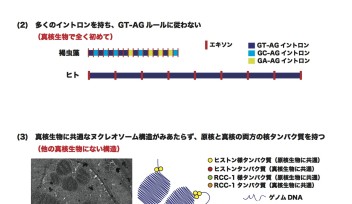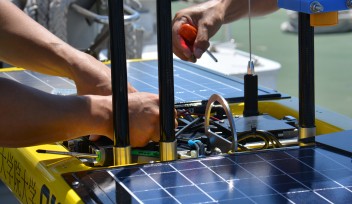Exciton interactions in 1D and 2D systems

For exciton-exciton annihilation to occur, two excitons must interact with each other. These interactions are well-characterized for 1D and 2D systems. In a 1D system, we can think of exciton interactions occurring like schoolchildren talking on a bus. For example, exciton 4 can interact with its neighbors, exciton 3 or 5, but cannot interact with exciton 1 and 2 due to space constraint. In a 2D system, like schoolchildren in a playground, exciton 4 can now freely move in both dimensions, and can interact with any other exciton – for example, exciton 2 or 5. The scientists aim to find out how the interactions occur in phosphorene, a quasi-1D system.
For exciton-exciton annihilation to occur, two excitons must interact with each other. These interactions are well-characterized for 1D and 2D systems. In a 1D system, we can think of exciton interactions occurring like schoolchildren talking on a bus. For example, exciton 4 can interact with its neighbors, exciton 3 or 5, but cannot interact with exciton 1 and 2 due to space constraint. In a 2D system, like schoolchildren in a playground, exciton 4 can now freely move in both dimensions, and can interact with any other exciton – for example, exciton 2 or 5. The scientists aim to find out how the interactions occur in phosphorene, a quasi-1D system.
Copyright OIST (Okinawa Institute of Science and Technology Graduate University, 沖縄科学技術大学院大学). Creative Commons Attribution 4.0 International License (CC BY 4.0).
Tags














